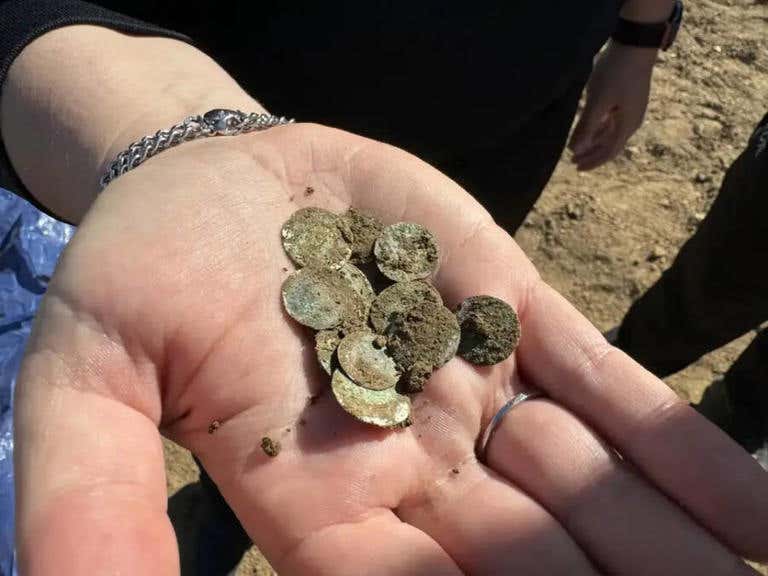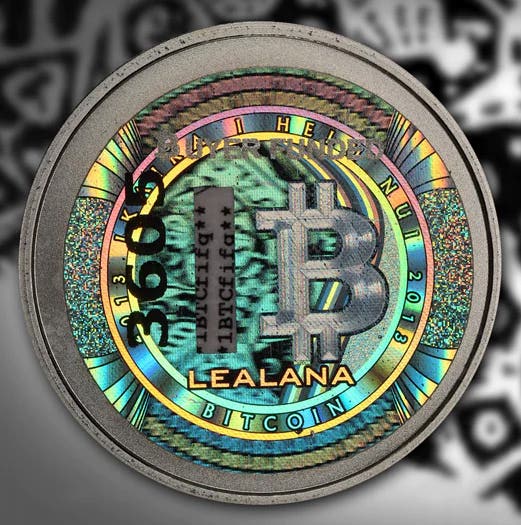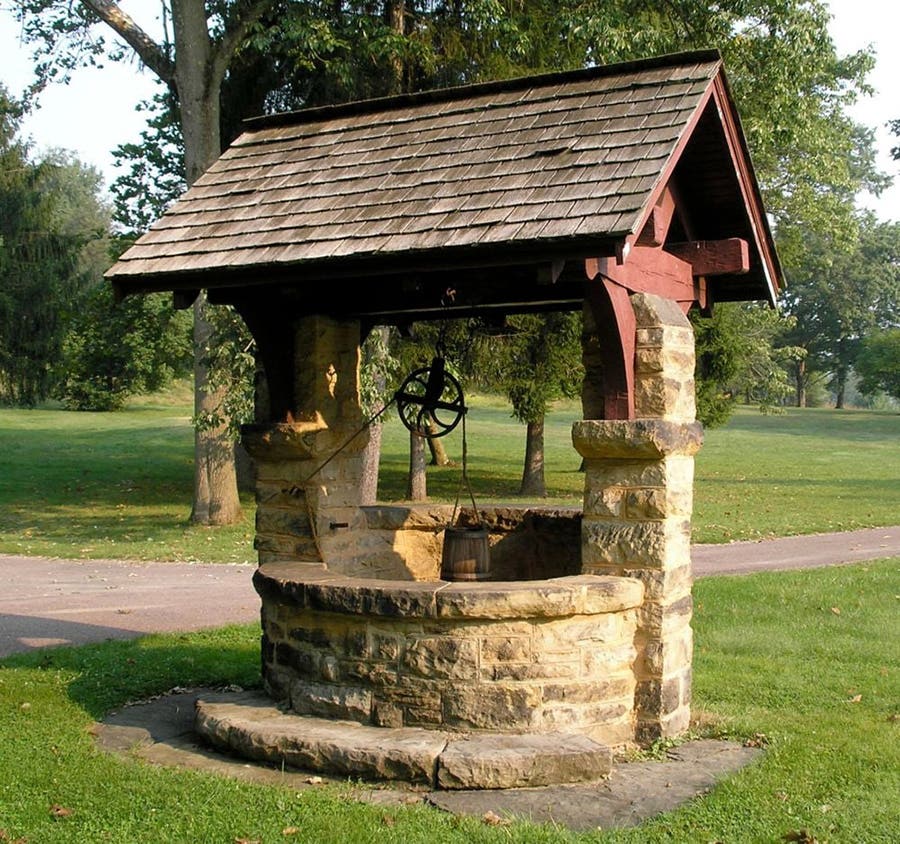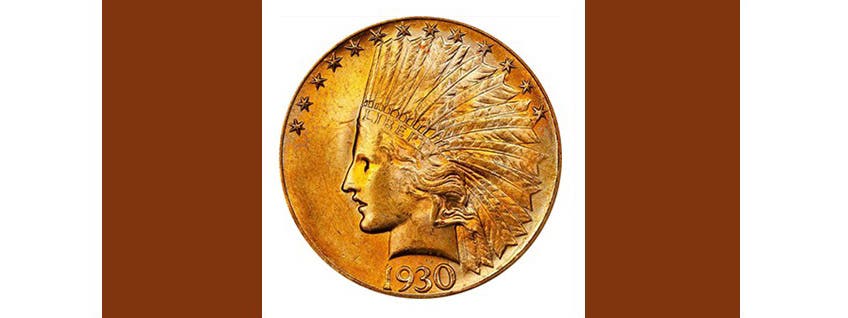Is toning on a coin desirable, or should it be removed? Why?
From the August 23, 2024, Numismatic News E-Newsletter Readers’ Poll, the general consensus is that natural toning is beautiful and should be left alone.
It’s beautiful, don’t clean it.
Karl Mitchell, Address withheld
I think toning is fine. Toning usually adds to the attractiveness of a coin. Leave toning alone. Also, wouldn’t removing the toning damage the coin during the process?
K.E., Germantown, Ohio
Toning should remain on the coin as it enhances its beauty!
Jerry Remaley, Address withheld
Natural toning is beautiful. Leave the coin alone. True antiquing.
Mel Koon, Address withheld
I consider the toning surface damage and stay away from these coins. If there were a process to restore the surface without getting a third-party grader branding it “Cleaned,” I would then consider the coin.
Richard Bumpus, Marion, Mass.
Yes, toning is desirable, and whenever I find coins with toning, they give off the ambiance of beauty. No, it shouldn’t be removed. I think it may even add some extra value to them.
Name and address withheld
Do not remove toning.
Name and address withheld
The desirability of toning is subjective. I appreciate natural toning that enhances eye appeal but dislike toning that makes the coin look dark or unattractive.
Artificial toning is the worst kind because it is a type of coin alteration. At a coin show years ago, one dealer’s entire inventory was artificially toned coins. Other dealers at the show counseled me not to buy any.
I do not approve of silver dipping except when a coin is artificially toned or very unattractive due to tarnish. Tarnish can hide flaws in coins, which may look worse after dipping.
The most desirable coins are bright white and have original mint luster. The most attractive toned coins usually have a rainbow pattern.
Bruce Frohman, Modesto, Calif.
In handling coins and the storage of said coins, one cannot be careless. If these coins mean so much to you, take care of how you handle them. Sure, toning can occur without your knowledge, but most of the times it’s your responsibility to take care of them.
Just my humble opinion.
W.D.M., Address withheld
I have found the most desirable toning on silver coins, more than gold and copper.
Unless the toning is dark and unattractive or AT, then I am usually in favor of it.
I would never try to remove the toning unless it’s AT or just very unattractive.
It’s obvious most collectors like toning as they pay a premium for it if it’s attractive.
Roy Herbst, Address withheld
Rainbow toning looks nice, but all other “toning” (e.g., dark toning) looks like crap, and I try to avoid coins that have it. In my recent collecting of Franklin halves, I saw a lot of coins with the less-than-desirable toning.
I don’t know how you would remove toning without the coin being called “Cleaned.”
Mike Donahue, Denham Springs, La.
I personally like toning on coins. To remove it would be like altering the natural beauty of the coin. I’ve always believed that it is wrong to clean a coin. Removing toning would be the same as cleaning it.
Rick Stevens, Address withheld
It should be removed as it could eventually eat into the surface of the coin.
Kenneth Zdonowski, Address withheld
Toning runs the gamut from super attractive to less so and finally to downright ugly. Personally, I prefer toning that does not obscure the underlying luster of an uncirculated coin. In the end, however, it is in the eye of the beholder.
From observations, it seems darker-toned coins are downgraded by the grading services without strike or surface marks corresponding to the lower grade. I will add that the interpretation of the top grading services pertaining to untoned coins puzzles me. I had a recent experience with a lovely, untoned 1918 50-cent coin that had been cracked from the same service’s MS-64 holder and placed in a Whitman album for maybe a year without any toning forming. I resubmitted it upon its acquisition, only for it to be declared to be “N92 - Cleaned.” Yet, similarly white appearing coins are routinely graded.
Gary Burhop, Memphis, Tenn.
“Toning” is a chemical reaction between the metal, air, and moisture, so technically, it’s environmental damage. With that being the case, it wasn’t long ago that getting a CAC sticker would not have happened on a “toned” coin, but now many do, and some collectors look at it as an added-value superlative. Those coins are marketed with such flowery descriptions as “beautiful rainbow toning” or “nice toning around the edge.”
The bottom line, I guess, is that beauty is in the eye of the beholder. Personally, I prefer bright white silver coins. Some coins are so heavily tarnished that the “toning” could hide significant detractors, so toning really needs to be looked at in a spectrum of aesthetic appeal ... there’s attractive toning and ugly toning. As for removing the toning that would yield you a “Details: Cleaned” coin – though it could technically be considered “Conservation” for me – if it occurred naturally, I’d leave it alone.
As for “artistically toned” coins, I view them the same as plated, gilt, or colorized coins and consider them novelty items—but you do you!
When it comes to third-party grading, I’ve seen many coppers get “Details: Altered Color,” whether natural or intentional. Consistency would dictate that toned silver coins be treated the same, but that’s obviously not the case. Again, there are subjective aspects to the grading process.
James Crandall, El Paso, Texas
Toning results from the oxidation of the metal in the coin. It is a form of corrosion akin to iron rusting. The thickness of the corrosion determines the colors. Some people find the colors of toned coins attractive, and they can be quite pretty. But they do represent continuing damage.
I do not recommend that it be removed because the only way to do it is to remove the corroded metal, which means removing part of the coin's original surface. The dark toning that most people find unattractive results from deeper corrosion of the coin, so removing it is guaranteed to damage any luster that the coin still has.
William Eckberg, Address withheld
I love toning, so I will buy CAC-certified coins in any appealing color to complete my type set(s).
Lorne Lavertu, Herndon, Va.
It all depends on what the toning looks like. Does it enhance its appearance? Does it detract from its appearance? Is it artificially toned? Is it artificially toned to hide damage?
Dominic Cantore, Address withheld
I would say remove it. I think a lot of fakes are being created.
Name and address withheld
Toning if natural, it is wonderful. If not, it is fraud.
Gary Ferguson, Address withheld








